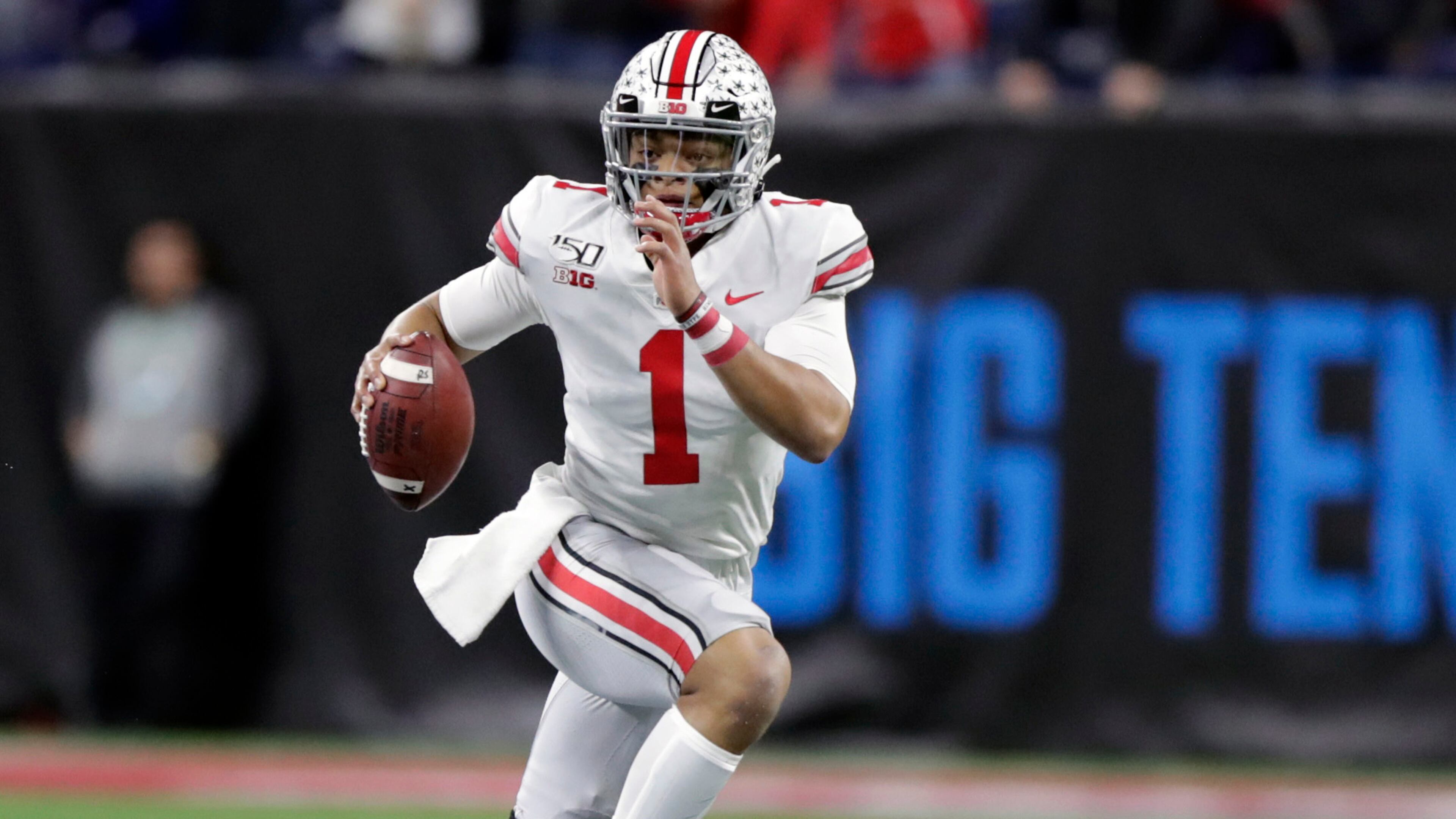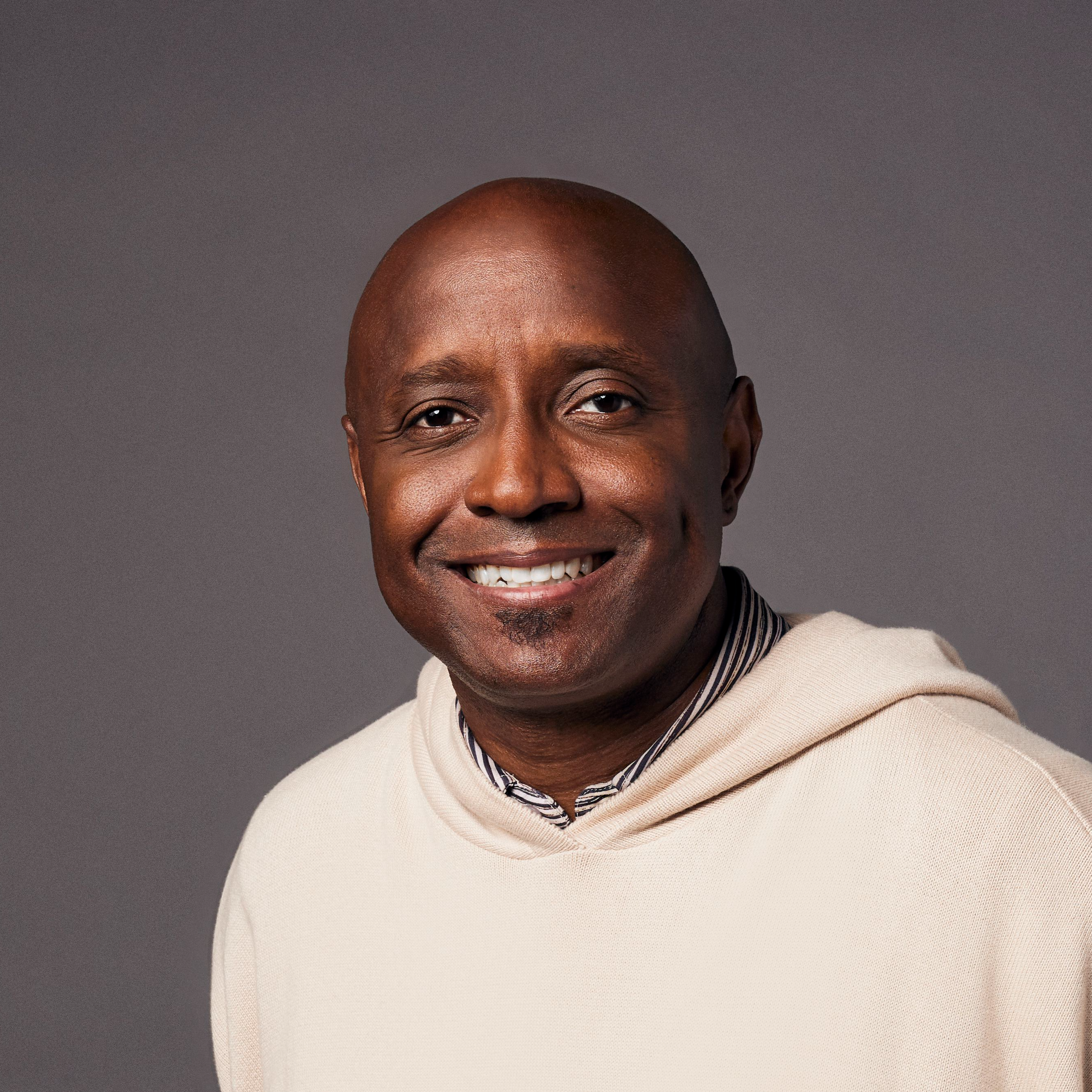College football needs to play in a ‘bubble’ but won’t

The Big Ten and Pac-12 canceled football and all fall sports Tuesday and will try again in the spring. The SEC and ACC are, for now, still planning to play starting next month. The actuaries, attorneys and medical professionals are steering the ship now.
Big Ten commissioner Kevin Warren said there’s too much uncertainty with medical risks for players during the pandemic. SEC commissioner Greg Sankey says his medical advisors believe the season can safely go forward but will halt should that advice change. Dueling medical opinions aside, there’s one obvious way to make college football more feasible that the sport’s leaders won’t even consider.
Pro basketball, hockey and soccer have shown it’s safe and practical to play games inside a “bubble.” Those leagues test participants before entering, test frequently once they are inside and keep them separated from surrounding communities. College sports won’t copy that formula because it would make it harder to maintain the illusion that its athletes are not its employees.
A central part of that artifice is the idea that athletes are students who are integrated with their campus community. Separating players from students would make it easier to prevent COVID-19 from spreading among teams. It also would make it clear that players are workers. College sports officials would rather sacrifice this season rather than start down that slippery slope.
Power 5 programs have the resources to create bubbles for football players. They already do to a certain extent. Teams routinely stay in hotels the night before games. Players live in (unofficial) athletic dorms. Much of the infrastructure is in place for a bubble, so it’s probably feasible to set one up relatively quickly.
In a bubble, the chances of participants being exposed to the novel coronavirus are greatly reduced. Schools would be better able to protect their unpaid players. Older coaches and staffers would be safer, too, and have the games they need to justify their paychecks. A strong bubble plan would mean less chance of the COVID-19 outbreaks and game postponements that have plagued baseball.
But going full bubble during a pandemic would stretch past the point of credulity the construct of athletes as students who happen to play sports. Courts that are usually are friendly to that argument from the NCAA may not buy it anymore. If that happened, it could be the beginning of the end of the “amateur” model.
No doubt, a bubble would require a lot of sacrifice from college players, coaches and staff. NBA and MLS employees decided to do it. At least they are at Disney World. It’s a lot to ask college teams to do the same on campus. I’m sure they’d take that option over no football season at all.
As it stands the SEC, ACC and Big 12 are planning to play their football seasons with no bubbles. As you’d expect, lots of football players are ready to do it. They do have concerns, though. Over the weekend, two groups that seemingly are at odds came together to say they want to play, but they also want stronger safety protocols.
#WeAreUnited is the social-media signature of Pac-12 players who are demanding better safety standards, compensation and conference funding for racial-justice initiatives. They have threatened to sit out if they don’t get a satisfactory deal. Once it became clear the season is in jeopardy, several players from other conferences adopted #WeWantToPlay as their mantra, which was viewed as a rebuke to the Pac-12 group.
But late Sunday night, the supposedly dueling hashtags formed an alliance. #WeAreUnited and #WeWantToPlay became one. The statement from players who say they represent athletes from all Power 5 conferences read: “We all want to play football this season.” That was a boost for college football officials who want the same.
The players also want uniform and mandated health and safety protocols and guaranteed future eligibility for players who choose to opt out. And they say their ultimate goal is to “create a college football players association.” That is a nightmare for college sports officials who fear players using their collective power.
It was a clever move by the players. They dropped the contentious demand for market pay and said nothing of a boycott. They focused on ensuring that COVID-19 safety protocols have teeth. That would placate the concerns of stakeholders, including players, who know that self-policing by programs has never worked for athletes’ safety.
Several coaches and athletics administrators insist that the current safety standards are adequate. Alabama coach Nick Saban and Clemson’s Dabo Swinney are among those arguing that players are safer playing football than away from campus. They cite the frequent testing and structured environment within programs.
Those claims are, of course, impossible to prove. Coaches can’t know what players would be doing away from campus. Anyway, the issue is their responsibility for players’ safety once they brought them to campus, not what hypothetically may happen if they leave campus.
Also, many schools (including Georgia) haven’t been transparent about positive tests for athletes. There’s no complete data on how many football players have been infected by COVID-19. And contending that players are safer with their teams doesn’t square with the COVID-19 outbreaks at several programs during summer workouts.
Players are understandably concerned. The Pac-12 group wants mandatory safety standards enforced by an approved third party. The combined group presumably wants the same. Both parts of that equation—required rules and outside oversight—are important.
Here’s the key paragraph from the SEC’s release on its COVID-19 safety protocols: “Each institution is required to designate a COVID-19 Protocol Oversight Officer who will be responsible for education and ensuring compliance with the SEC’s COVID-19 management requirements.”
The person in charge of compliance is a school employee. That’s a clear conflict of interest. The league didn’t say it will monitor those oversight officers or announce any penalties for non-compliance. That’s an abdication of responsibility.
And there’s a hole in the SEC’s testing regiment. Players “typically” will be tested six days and three days before competition. Experts say that’s not ideal because players can be infected in the time between a test and taking the field. The ACC’s football testing schedule, which it confusingly calls “recommended minimum standards,” is one test per week within three days of competition.
The pro basketball, hockey and soccer leagues test more frequently and keep their teams in a bubble. If college football did the same, there would be less risk for participants, and less chance of disruption to the season. It also would create more risk for the college sports model, which pretends players aren’t employees. That’s why it won’t happen.

